Which aeronautical chart symbol indicates a group of lighted obstacles . 2509 ? [ Formation assignment ]
Question 166-1 : 12 9 10 11
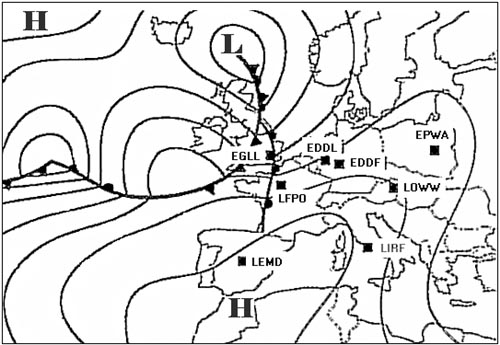 12.
12. Which aeronautical chart symbol indicates an exceptionally high unlighted ?
Question 166-2 : 13 11 10 9
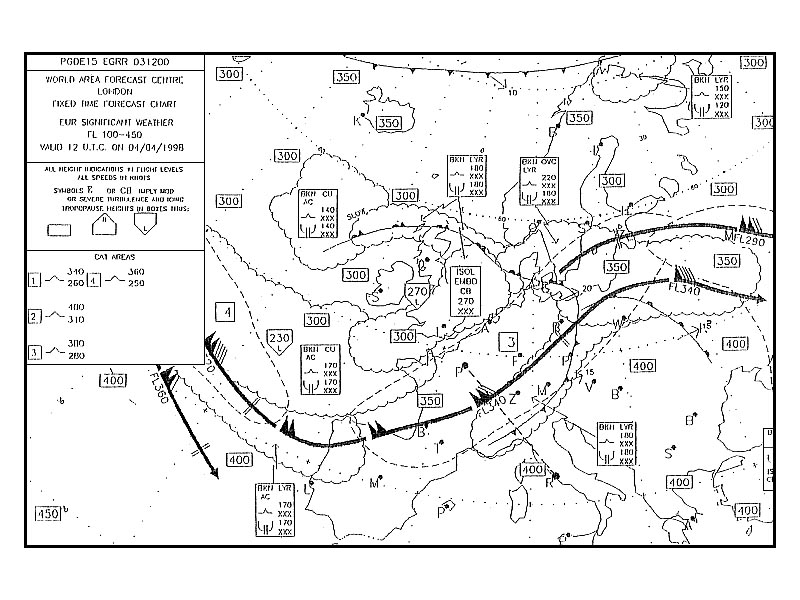 13.
13. Which aeronautical chart symbol indicates an exceptionally high lighted ?
Question 166-3 : 14 10 12 13
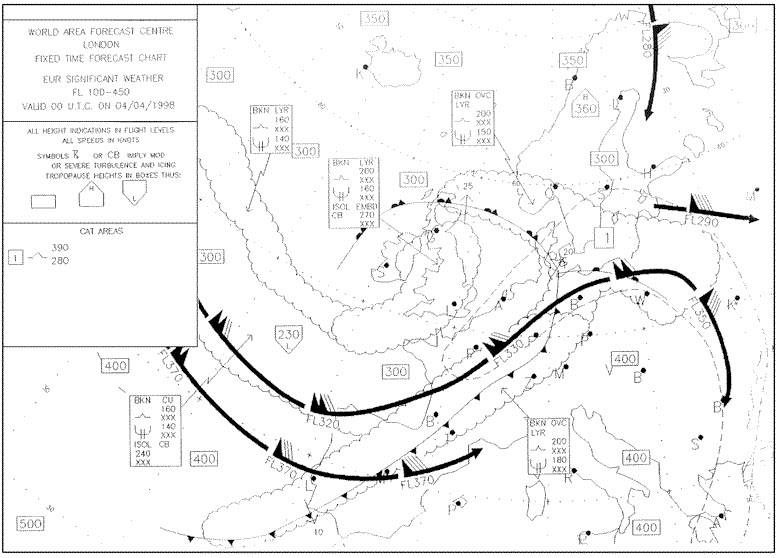 14.
14. What is the meaning of aeronautical chart symbol n°15 . 2509 ?
Question 166-4 : Aeronautical ground light visual reference point hazard to aerial navigation lighthouse
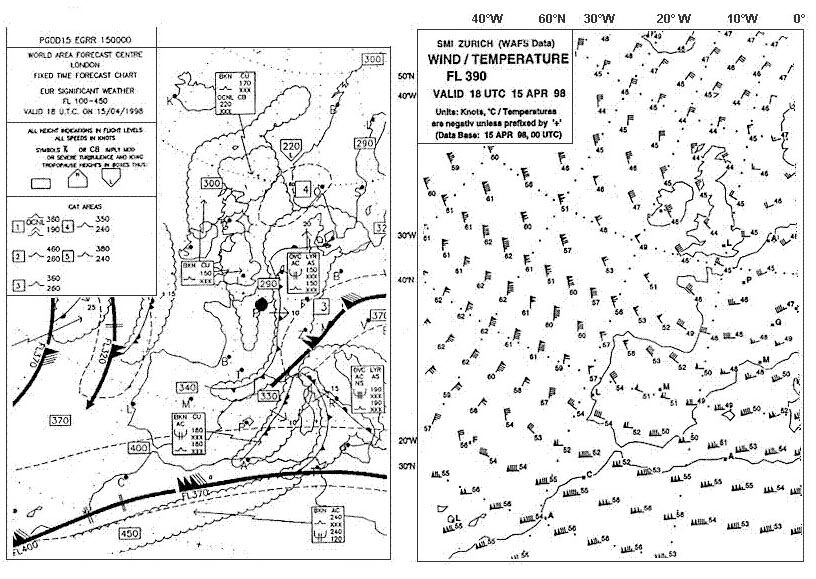 Aeronautical ground light.
Aeronautical ground light. What is the meaning of aeronautical chart symbol no 16 . 2509 ?
Question 166-5 : Lightship off shore helicopter landing platform shipwreck showing above the surface at low tide off shore lighthouse
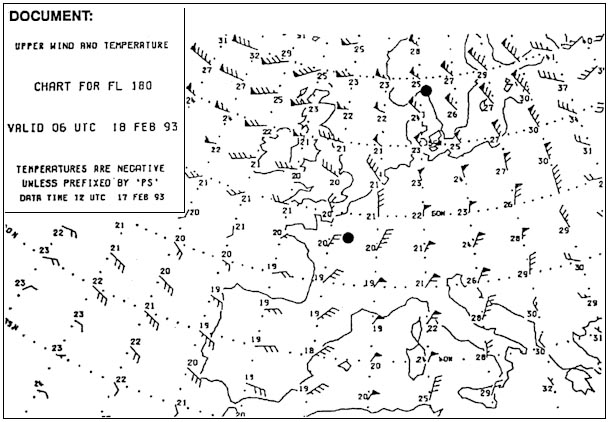 Lightship.
Lightship. Which aeronautical chart symbol indicates an aeronautical ground light . 2509 ?
Question 166-6 : 15 16 10 14
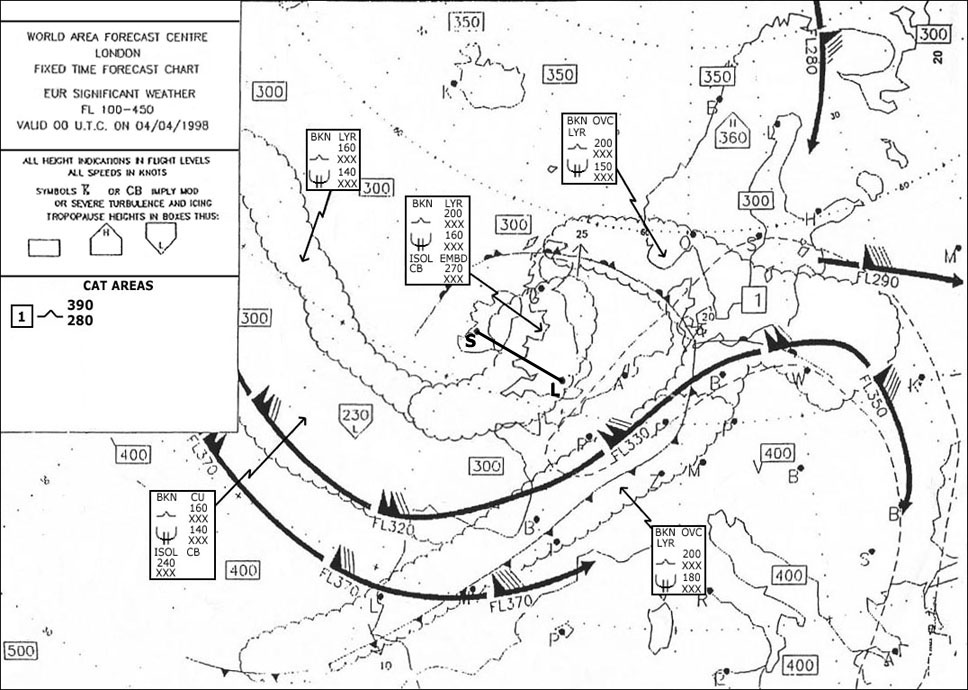 15.
15. Which aeronautical chart symbol indicates a lightship . 2509 ?
Question 166-7 : 16 10 12 14
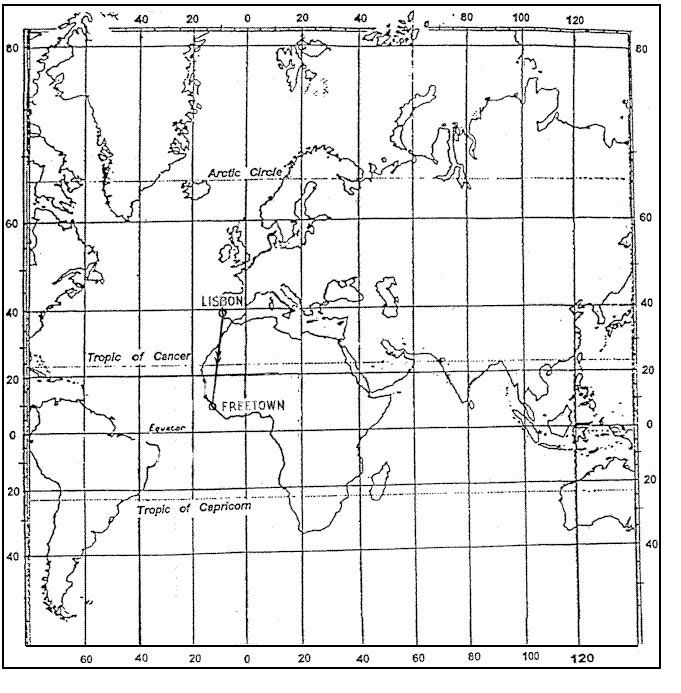 16.
16. Given .a polar stereographic chart of the northern hemisphere whose grid is ?
Question 166-8 : 229° 099° 279° 049°
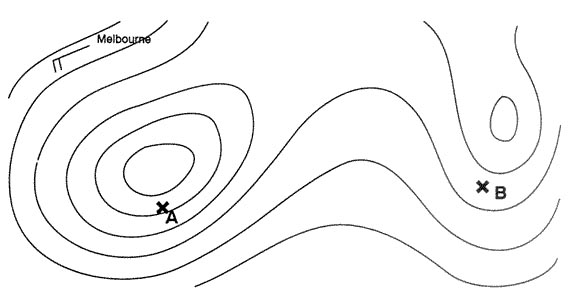 229°.
229°. A straight line is drawn on a lamberts conformal conic chart between two ?
Question 166-9 : Chart convergency earth convergency conversion angle difference in longitude
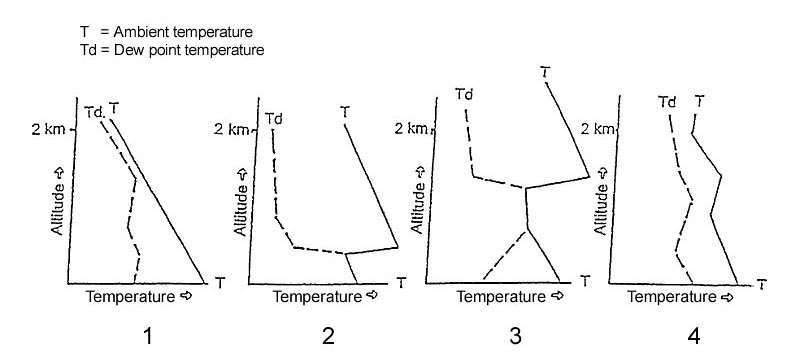 Chart convergency.
Chart convergency. If the chart scale is 1 500 000 what earth distance would be represented by 7 ?
Question 166-10 : 35 000 m 3 5 km 35 nm 0 35 km
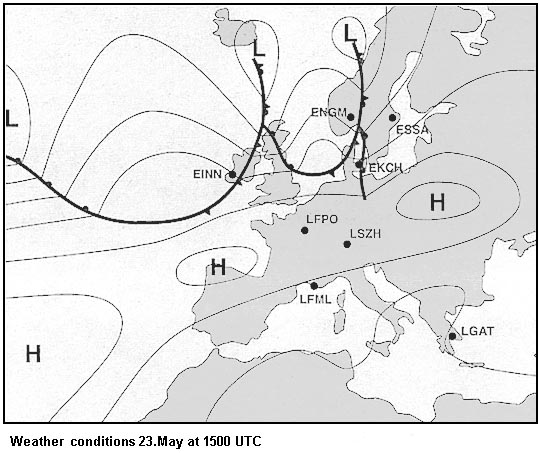 35 000 m.
35 000 m. What is the constant of the cone for a lambert conic projection whose standard ?
Question 166-11 : 0 866 0 941 0 5 0 766
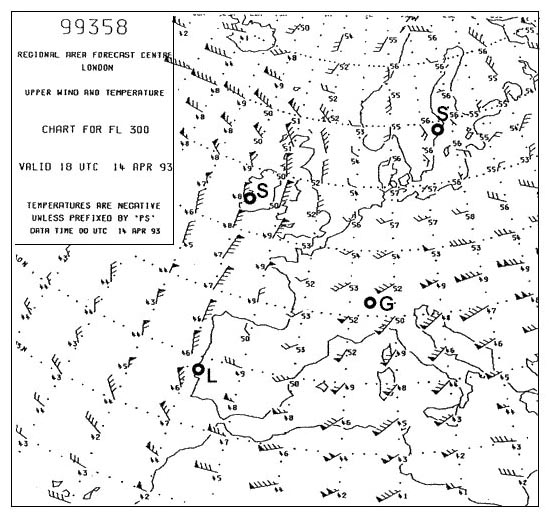 0.866
0.866 On a direct mercator projection a particular chart length is measured at 30°n ?
Question 166-12 : A smaller distance twice the distance the same distance a larger distance
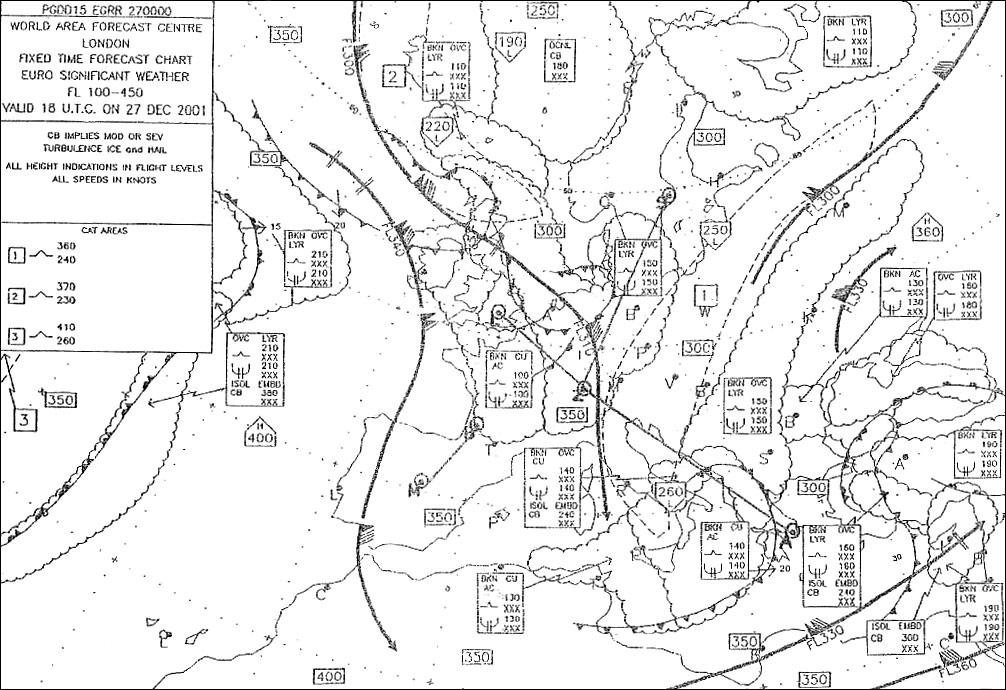 A smaller distance.
A smaller distance. How does the scale vary in a direct mercator chart the scale ?
Question 166-13 : Increases with increasing distance from the equator decreases with increasing distance from the equator is constant increases south of the equator and decreases north of the equator
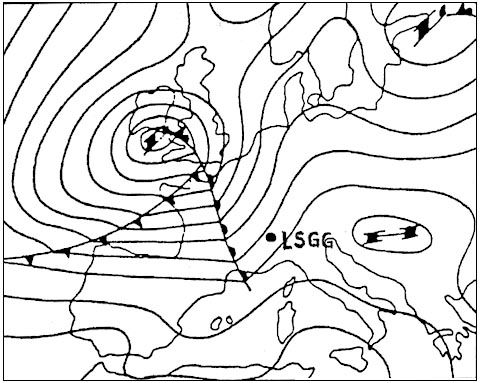 Increases with increasing distance from the equator.
Increases with increasing distance from the equator. How does the chart convergency change with latitude in a lambert conformal ?
Question 166-14 : It is constant and does not change with latitude it changes with cosine of latitude it increases with increase of latitude it changes with sine of latitude
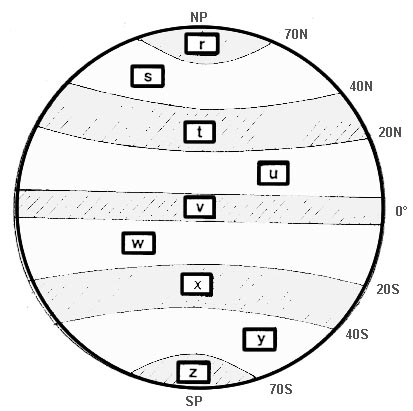 It is constant and does not change with latitude.
It is constant and does not change with latitude. How does the convergency of any two meridians on the earth change with varying ?
Question 166-15 : It changes as sine of latitude it changes as cosine of latitude it increases with decrease of latitude it is of constant value and does not change with latitude
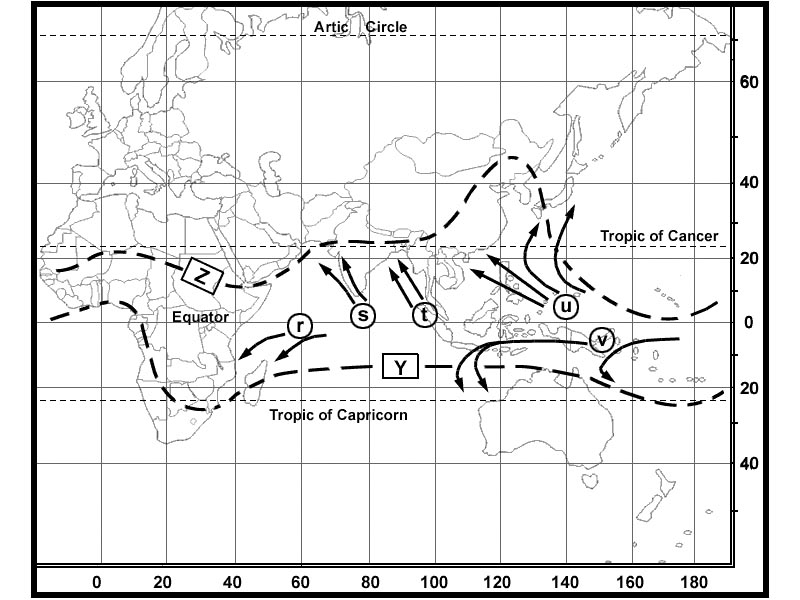 It changes as sine of latitude.
It changes as sine of latitude. Grid heading is 299° grid convergency is 55° west and magnetic variation is ?
Question 166-16 : 084° 334° 154° 264°
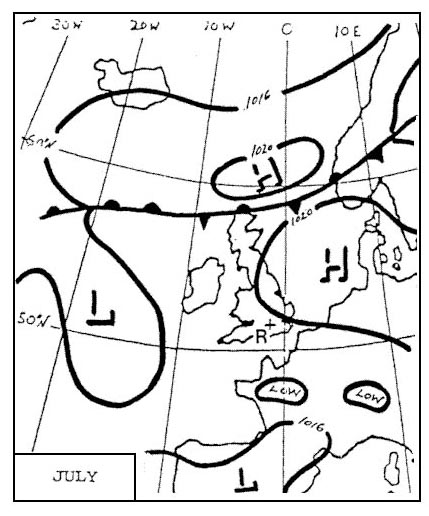 084°.
084°. Where on a direct mercator projection is the chart convergency correct compared ?
Question 166-17 : At the equator at the two parallels of tangency at the poles all over the chart
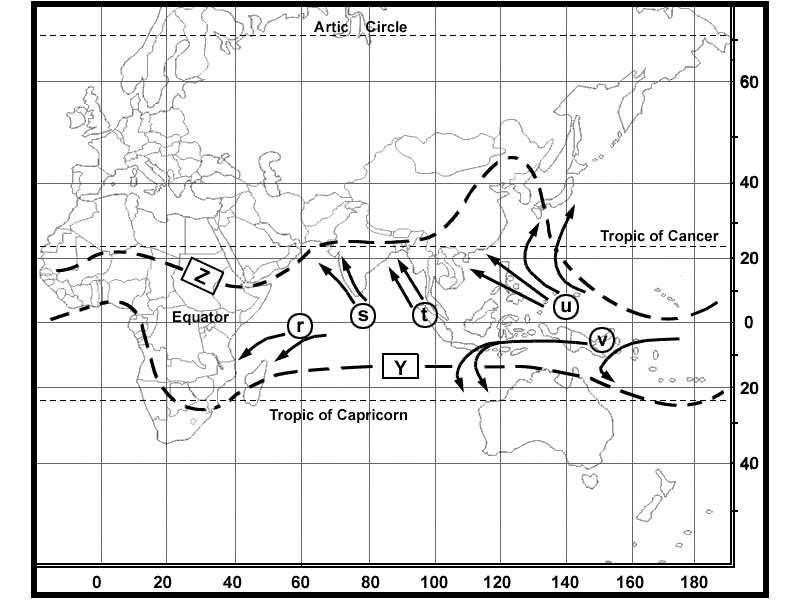 At the equator.
At the equator. A route a to b is drawn on a polar stereographic chart with the grid aligned ?
Question 166-18 : 350° g 010° g 130° g 060° g
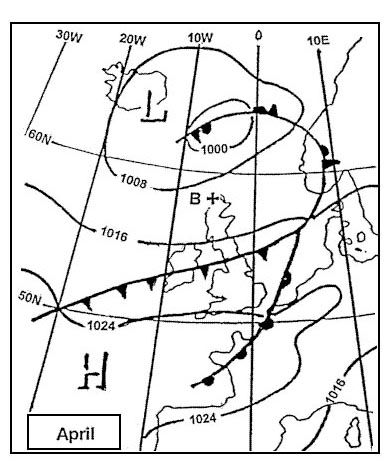 350°(g).
350°(g). The standard parallels of a lambert chart are 26°n and 48°n and the stated ?
Question 166-19 : The scale at 28°n is smaller than the scale at 24°n the scale at 37°n is larger than the scale at 20°n the scale at 46°n is larger than the scale at 50°n the scale at 30°n is smaller than the scale at 37°n
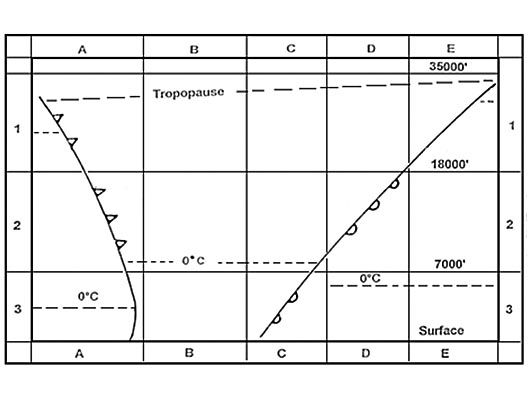 The scale at 28°n is smaller than the scale at 24°n.
The scale at 28°n is smaller than the scale at 24°n. Which statement is correct about the scale of a polar stereographic projection ?
Question 166-20 : The scale reaches its minimum value at the north pole the scale reaches its minimum value at the equator the scale reaches its maximum value at the 45°n the scale reaches its maximum value at the north pole
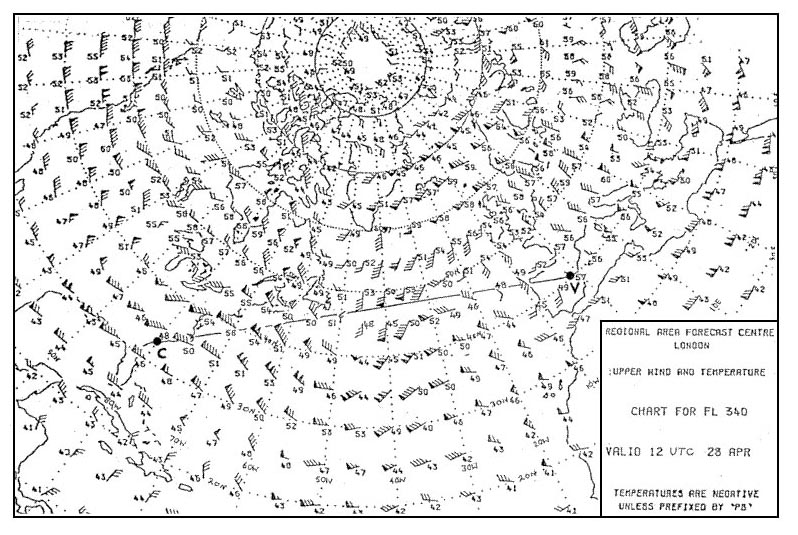 The scale reaches its minimum value at the north pole.
The scale reaches its minimum value at the north pole. Which statement is correct about the scale of a lambert projection ?
Question 166-21 : The scale reaches its minimum value at the parallel of origin the scale reaches its minimum value at the standard parallels the scale reaches its maximum value at the parallel of origin the scale reaches its maximum value at the standard parallels
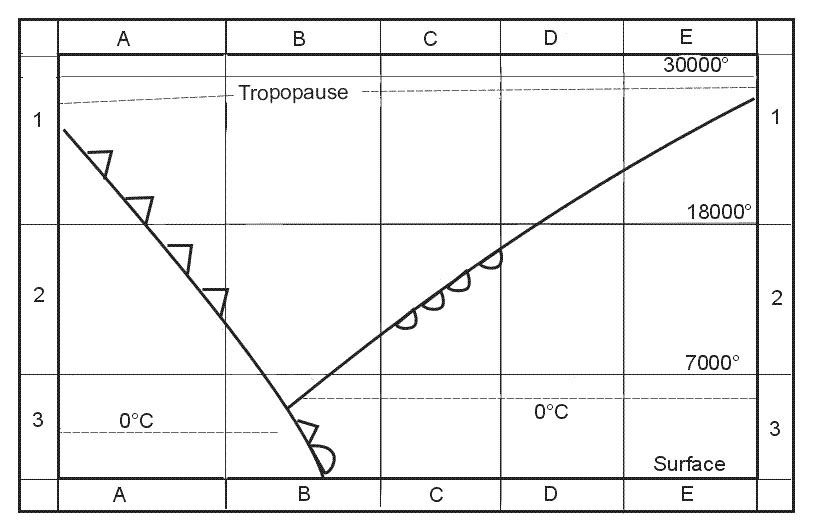 The scale reaches its minimum value at the parallel of origin.
The scale reaches its minimum value at the parallel of origin. A route is flown from 80°s 100°w to 80°s 140°e at 180°e/w the grid track ?
Question 166-22 : 110° g and 290° t 070° g and 250° t 290° g and 110° t 250° g and 070° t
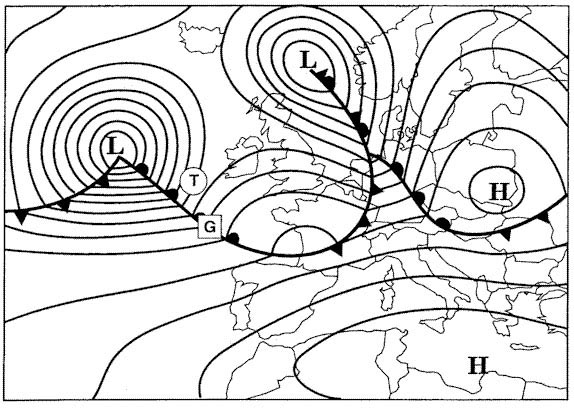 110°(g) and 290°(t).
110°(g) and 290°(t). A route is flown from 85°s 100°e to 85°s 140°w at 180°e/w the grid track ?
Question 166-23 : 250° g and 070° t 070° g and 250° t 290° g and 110° t 110° g and 290° t
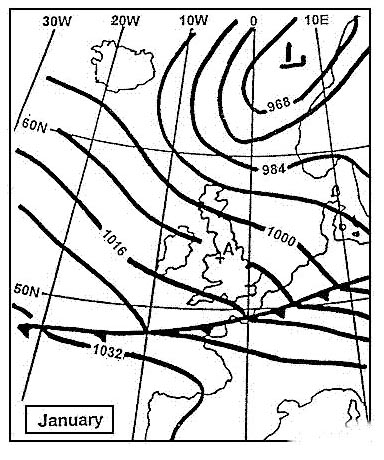 250°(g) and 070°(t).
250°(g) and 070°(t). The positions a 30°00'n 017°30'e and b at longitude 30°00'n 023°30'e are ?
Question 166-24 : 091 5° 082 5° 085 5° 094 5°
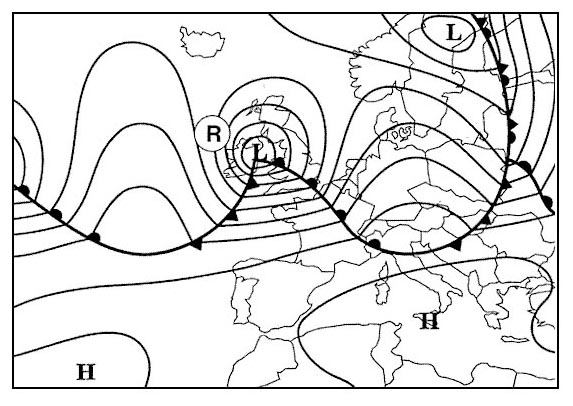 091.5°
091.5° A route is flown from 85°s 100°e to 85°s 140°w at 160°e the grid track gt ?
Question 166-25 : 070° g and 090° t 090° g and 070° t 250° g and 090° t 090° g and 250° t
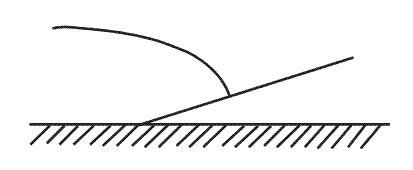 070°(g) and 090°(t).
070°(g) and 090°(t). A straight line from a 75°s 120°e to b 75°s 160°e is drawn on a polar ?
Question 166-26 : 075° 095° 105° 255°
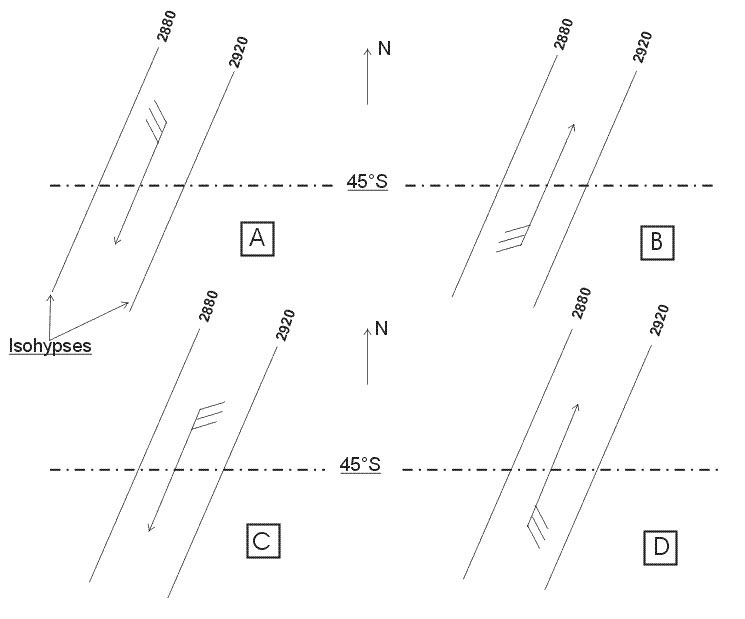 075°.
075°. On a mercator's projection the distance between 17°n 035°e and 17°n 040°e ?
Question 166-27 : 1 6 052 030 1 5 556 000 1 10 626 460 1 18 658 470
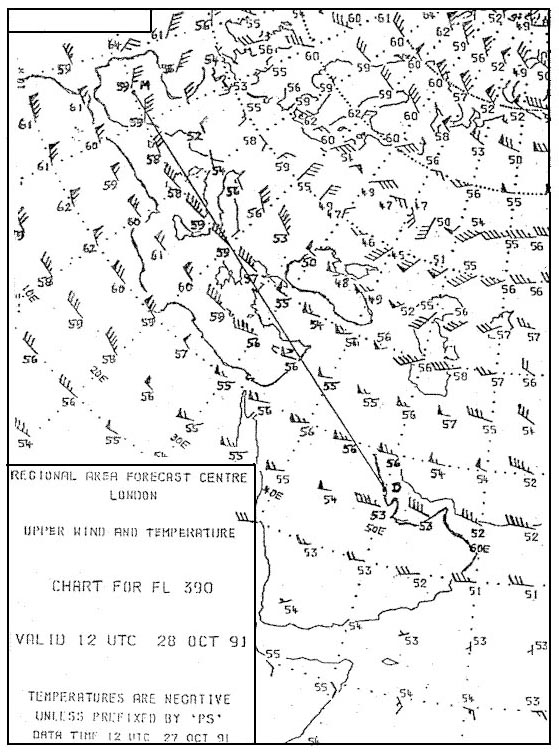 1 : 6 052 030
1 : 6 052 030 A straight line from a 53°s 155°e to b 53°s 170°w is drawn on a lambert ?
Question 166-28 : 078° 102° 282° 258°
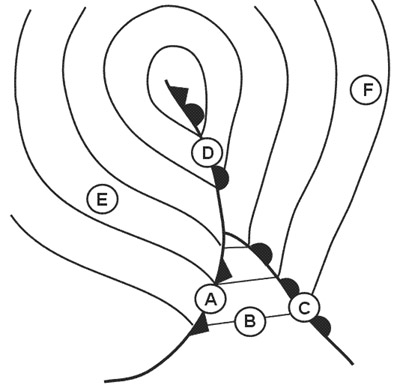 078°.
078°. Route a b is drawn on a polar stereographic chart with the grid aligned with ?
Question 166-29 : 070° g 110° g 090° g 330° g
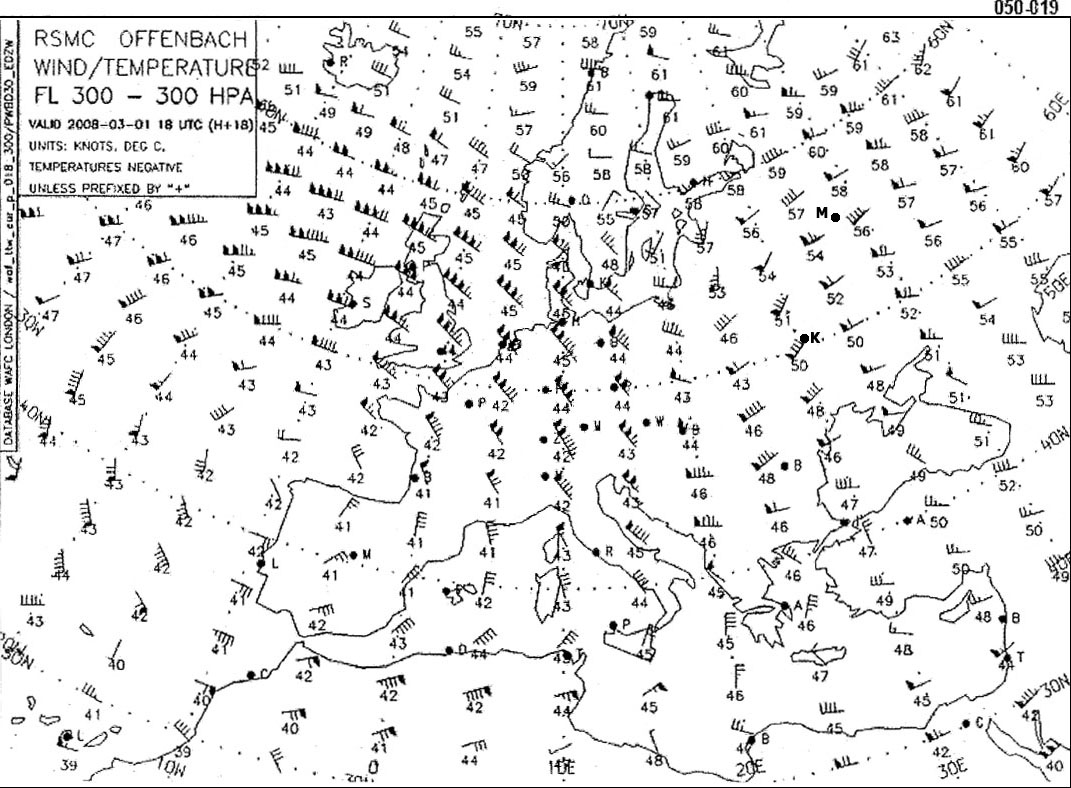 070°(g).
070°(g). Route a b is drawn on a polar stereographic chart with the grid aligned with ?
Question 166-30 : 090° g 110° g 070° g 150° g
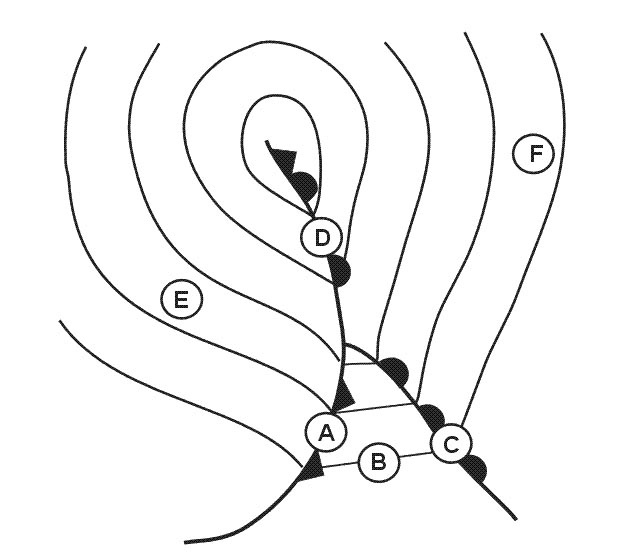 090°(g).
090°(g). A straight line from a 53°n 155°w to b 53°n 170°e is drawn on a lambert ?
Question 166-31 : 260° 257 5° 100° 102 5°
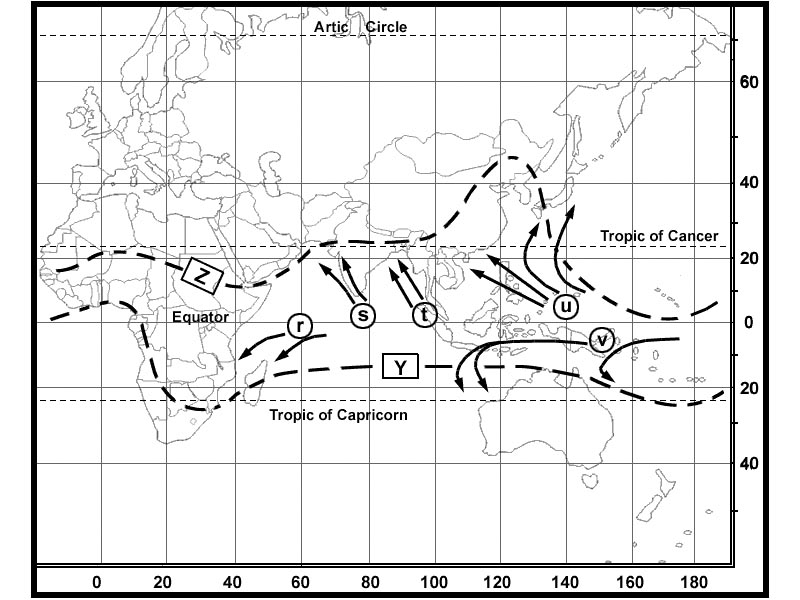 260°.
260°. A route is flown from 80°s 100°w to 80°s 140°e at 160°w the grid track gt ?
Question 166-32 : 290° g and 270° t 270° g and 290° t 110° g and 270° t 270° g and 110° t
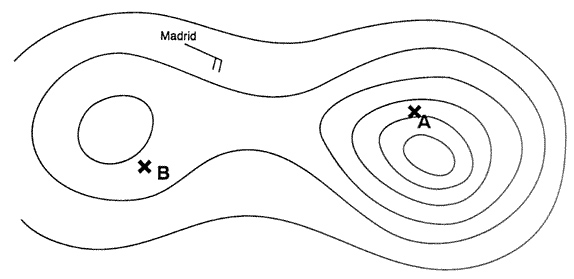 290°(g) and 270°(t).
290°(g) and 270°(t). Given .position ndb 55°10'n 012°55'e .dead rekoning position 54°53'n ?
Question 166-33 : 262° 272° 258° 265°
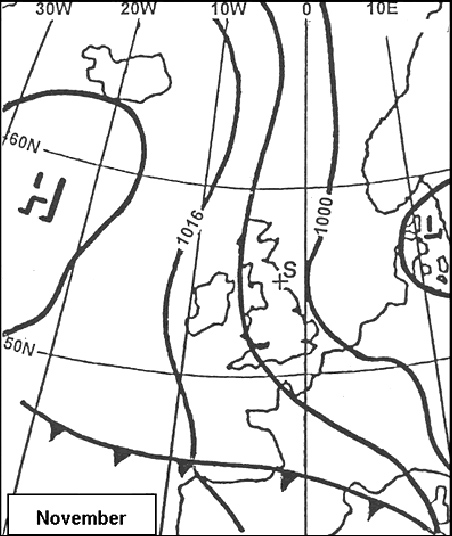 262°.
262°. An aircraft is at position 53°n 006°w and has a landmark at position 52°47'n ?
Question 166-34 : 278° 277° 276° 250°
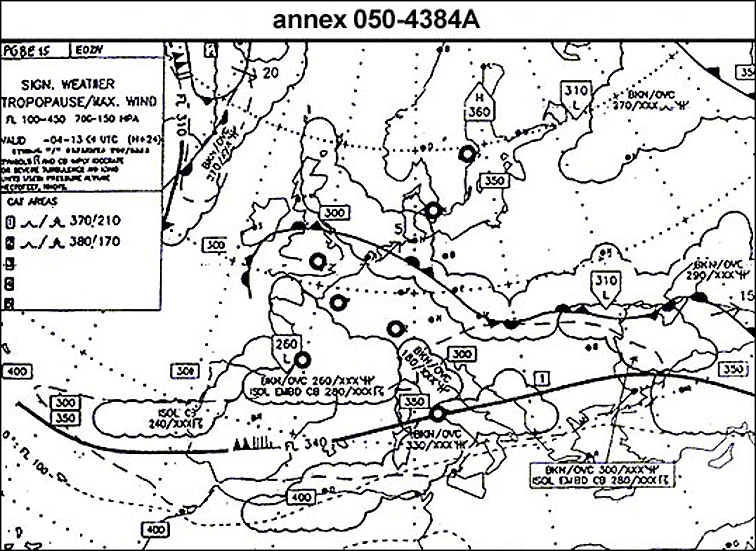 278°.
278°. A vor is situated at position 74°n 094°w .local variation is 50°w .a polar ?
Question 166-35 : 103° 283° 013° 193°
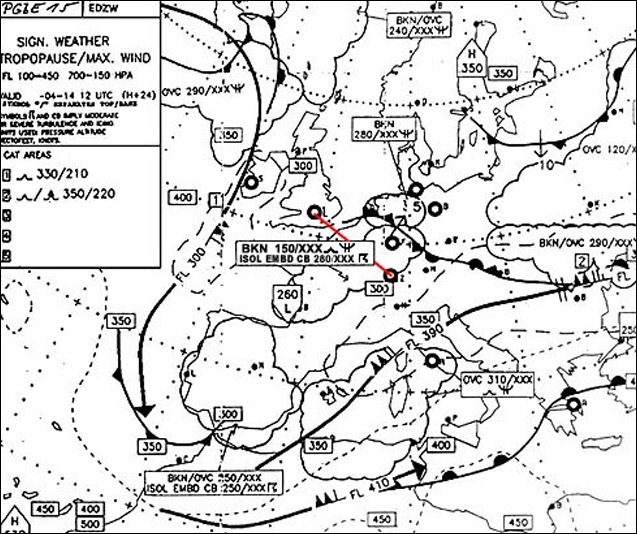 103°.
103°. Thule vor is located at 76°32'n 68°15'w a polar stereographic chart with the ?
Question 166-36 : 023° g 285° g 203° g 323° g
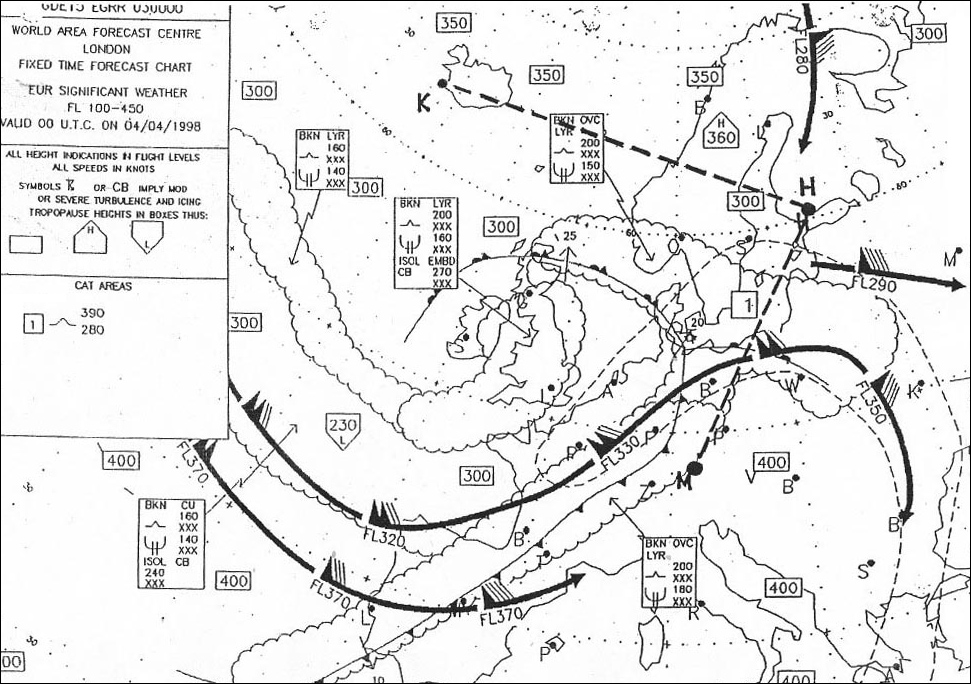 023°(g)
023°(g) Route a b is drawn on a southern polar stereographic chart whose grid is ?
Question 166-37 : 190° g 350° g 120° g 030° g
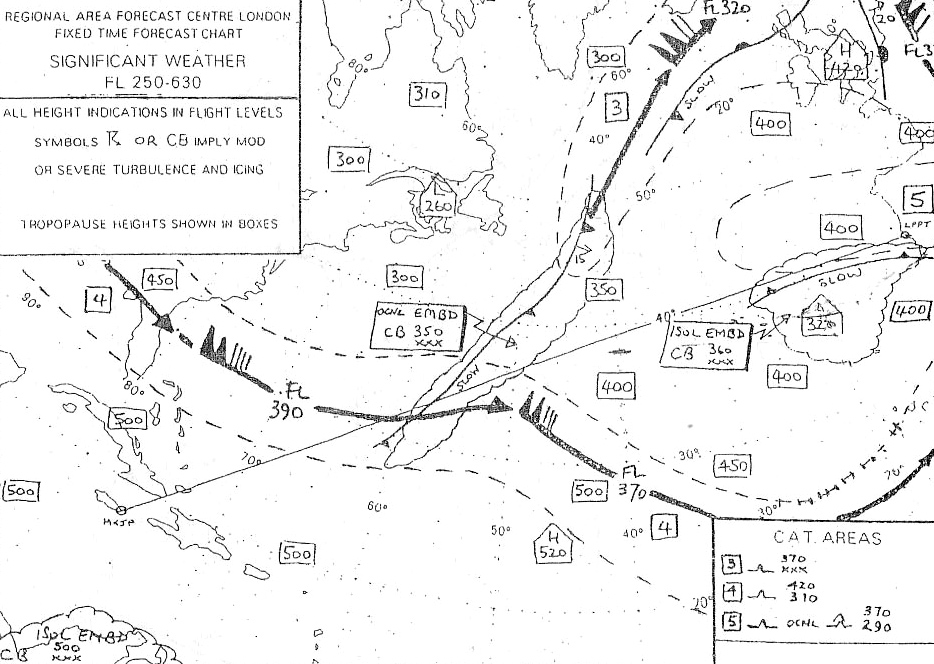 190°(g).
190°(g). The constant of the cone in a lambert chart is 0 8666500 the angle between the ?
Question 166-38 : 4 3° 5 0° 5 8° 10 0°
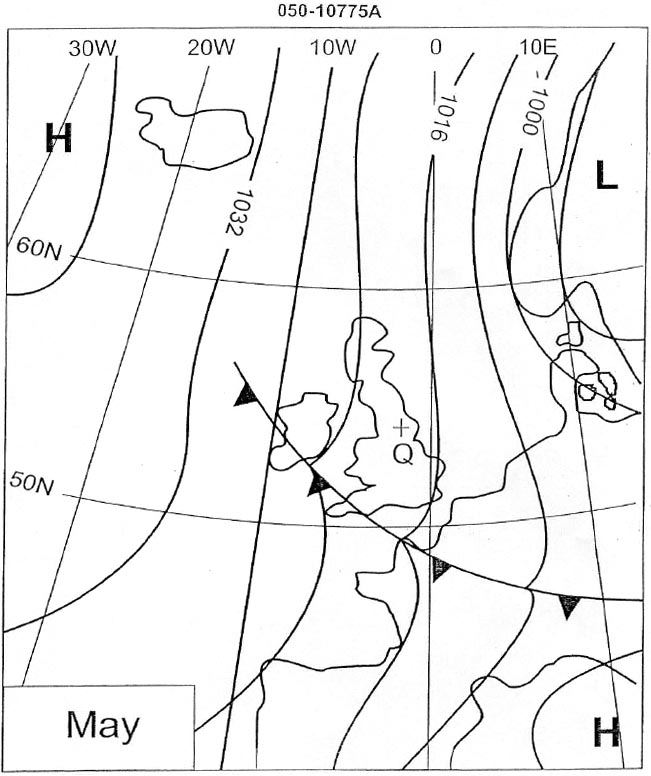 4.3°
4.3° Given .lambert conformal conical projection scale 1 1 234 000 standard ?
Question 166-39 : Is less than 54 19 cm is 56 66 cm is more than 57 13 cm is between 54 19 cm and 57 13 cm
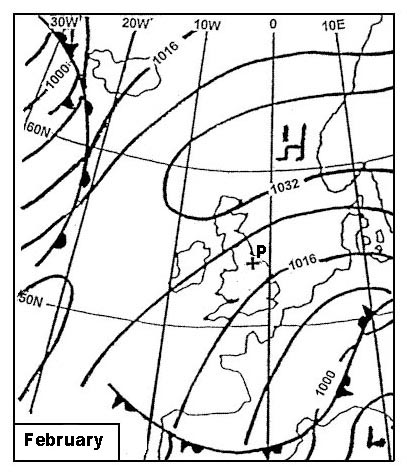 Is less than 54.19 cm.
Is less than 54.19 cm. Two places are situated on the same parallel in the southern hemisphere the ?
Question 166-40 : The great circle is situated between the parallel and the straight line because the concave side of the great circle is always pointed towards the pole the correct sequence from north to south is great circle straight line rhumb line the rhumb line is situated between the great circle and the straight line because the shortest distance between to places on earth is the great circle the great circle is situated between the parallel and the straight line because the concave side of the great circle is always pointed towards the equator
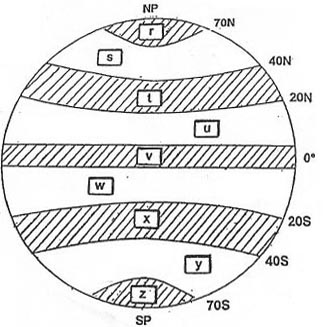 The great circle is situated between the parallel and the straight line, because the concave side of the great circle is always pointed towards the pole.
The great circle is situated between the parallel and the straight line, because the concave side of the great circle is always pointed towards the pole. ~
Exclusive rights reserved. Reproduction prohibited under penalty of prosecution.
6599 Free Training Exam
